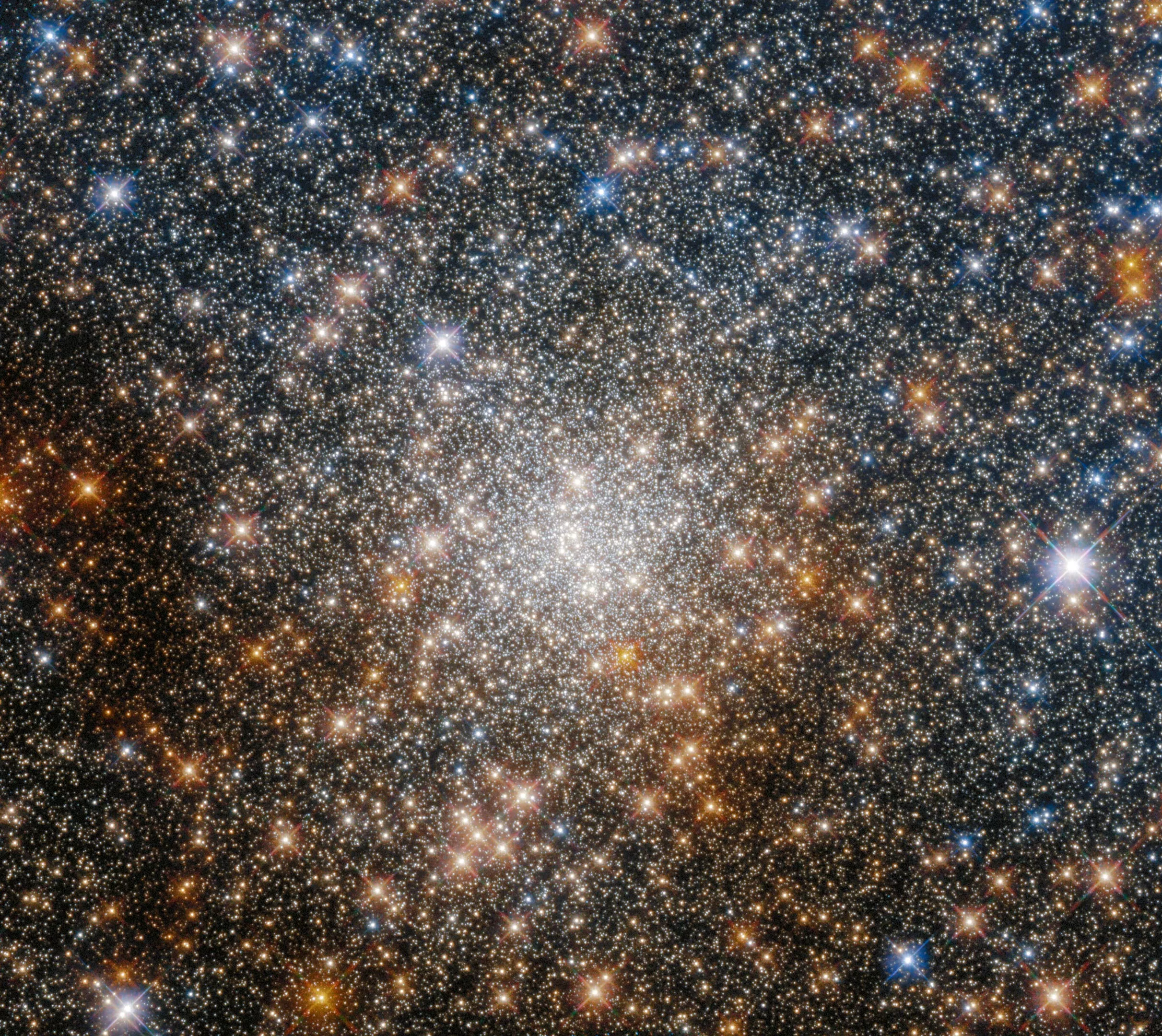The operators of the Hubble Space Telescope regularly publish spectacular images, from incredible spiral galaxies and galactic monsters to gorgeous pictures of the planets in our solar system, and images that may make you feel like deja vu. This newly released starlit image shows Terzan 9, a globular cluster in the constellation Sagittarius, facing the center of the Milky Way galaxy.
NASA / ESA's Hubble Space Telescope used its wide field camera 3 and advanced observation camera to capture this shining scene. Other stunning Hubble images featuring globular clusters include Ruprecht 106, NGC 6717, NGC 6496, NGC 362, liller 1, NGC 6535, NGC 1755, Terzan 1, Messier 5, Messier 15, and IC 4499.
Globular clusters are stable and closely bound star clusters composed of tens of thousands to millions of stars. As this picture shows, the center of a globular cluster can be densely filled with stars; The night sky in this picture is dotted with so many stars, just like a sequined ocean or a huge "cosmic treasure house" filled with gold.
This snapshot of the sky originated from the Hubble project, which investigated globular clusters in the center of the Milky Way galaxy. The central region of the Milky way contains a cluster of closely connected stars, known as the Galactic bulge, which is also rich in interstellar dust.
This dust makes it difficult to study globular clusters near the center of the Milky Way galaxy because it absorbs starlight and can even change the surface color of stars in these clusters.
Hubble's sensitivity in the visible and infrared bands enabled astronomers to measure how the color of these globular clusters was changed by interstellar dust to determine their age.
